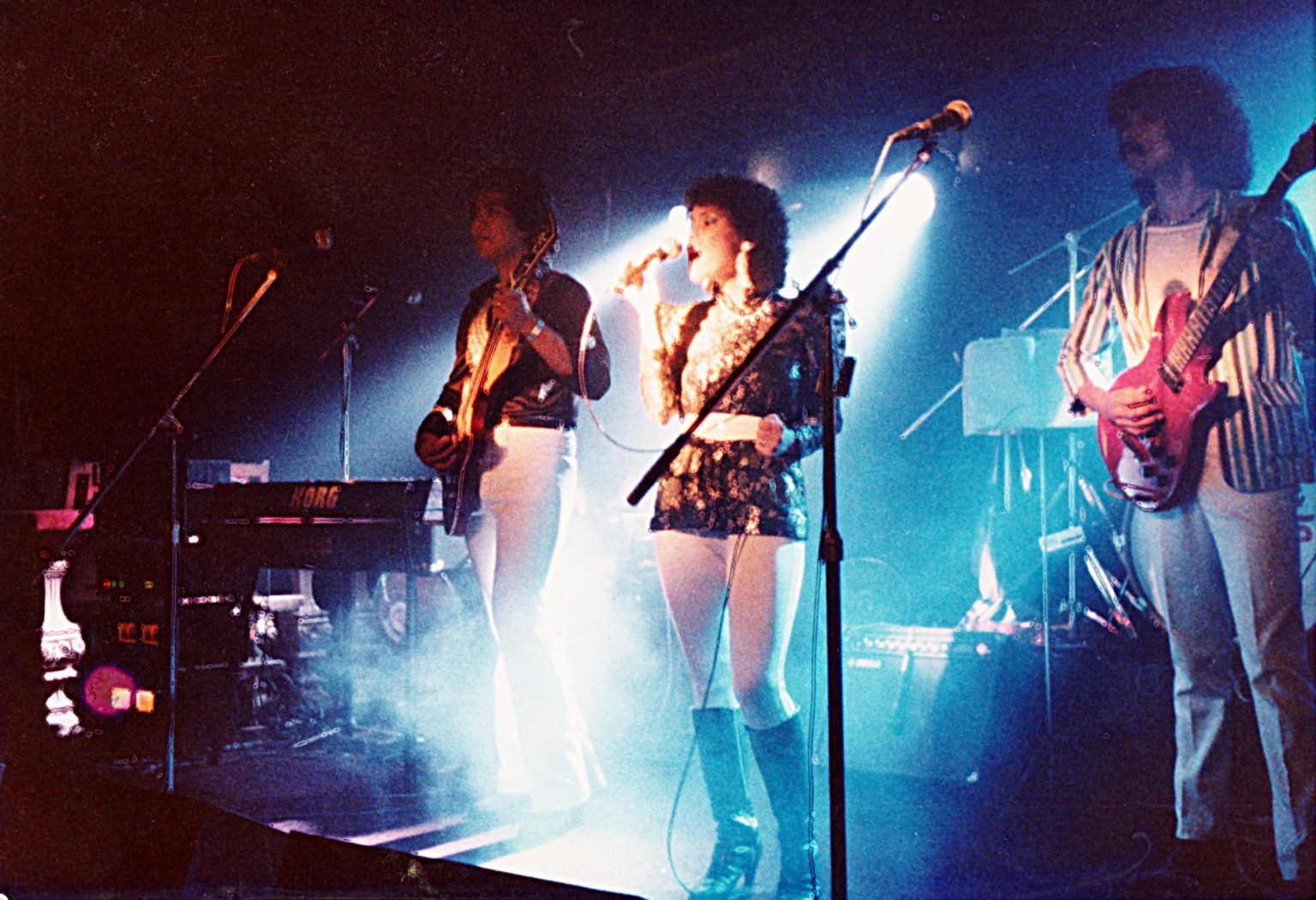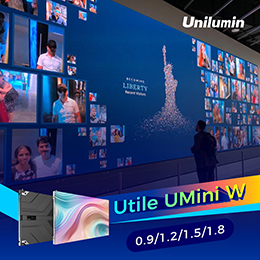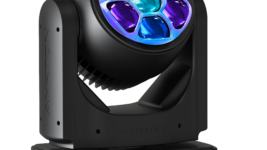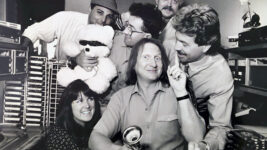Subscribe to CX E-News
Snippets from the archives of a bygone era
(Pic: Carol and the Lips, Rosie O’Grady’s, Angeles City, Philippines, 1983)
Driving into Manila en-route to renew my passport at the Australian Embassy amidst burning vehicles and damaged buildings only days after the 1986 revolution probably wasn’t the best decision I’d made during my four year stint working in live music in the Philippines.
Flashback to 1983, Sydney, where I was tiring of lugging my single 4-way JBL hire rig all over the city and interstate. It was a time when I and other PA owner/operators would load into pubs where banks of Vespa motor scooters parked outside belonged to Sydneysiders bizarrely trying to emulate the 1960s UK Mod scene. It was a time when punk groups spat at their audiences and were spat back at,
and a time when you took your life into your hands crunching through broken glass and dodging brawling punters during the late-night load out.
A vacation in the Philippines and a chance offer from an American bar owner to outfit his nightclub was my ticket out of the turmoil, I thought. The club was intending to cater for rock ‘n’ roll hungry young GIs from the neighbouring US Clark Air Force base in Central Luzon.
I sold my PA hire rig holus-bolus, filled a suitcase with PA gear and boarded a flight to Manila. Inside the suitcase was a multicore, a Jands 4-way crossover, two 31 band graphic equalisers, a DBX 160 compressor, a Roland RE-301 tape echo, a soldering iron, impedance metre, assorted tools and paraphernalia, and a couple of rolls of gaffa tape.
“Anything to declare?” said the Philippines customs official.
“No.” I only made it about five metres out of customs when I was ordered by a security guard to stop. Pretending not to hear, I kept walking.
“Stop!” was the ensuing terse command. This was my ‘Midnight Express’ moment. Frozen statue-like, clutching my suitcase, I pondered the penalty for smuggling thousands of dollars of undeclared audio equipment into the country. The scowling security guard approached me. “Sir, I have to collect your clearance ticket.” And he snatched the ticket off my suitcase.
After arriving in town, my employer’s partner drove me out to inspect the new venue. I stood staring at a vacant block of land.
“Where’s the nightclub?”
“Oh, we haven’t built it yet, but it won’t be long.”
Sometimes lady luck intervenes, and a rival nightclub had just lost its American entertainment manager, a consequence of his wife noticing an over-abundance of very attractive ladies with a penchant for Americans in the town.
Word circulated about someone bringing rock ‘n’ roll to town, and my employer, embarrassed by not having a club for me to work in, nor the funds to pay me, allowed me to consult to the new club, Rosie O’Grady’s. This was, of course, not an official Rosie O’Grady’s franchise, but hey, this was the Philippines in the 80s, and nobody bothered about trivialities such as trademarks or franchises.
The owner, Ron, an American, had hired a metal rock ‘n’ roll band, and he wanted my opinion before he’d let them open at Rosie’s. So one evening he drove me out to see them perform at the Airman’s Club on the Air Force base. The band was so loud that Ron took two tampons from his Filipina wife’s purse and placed them in his ears, earplugs with strings comically dangling out.
During the deafening performance, the unkempt lead guitarist placed his guitar on the stage floor and lit it with lighter fluid à la Jimi Hendrix at Woodstock. The flames leapt up threatening to set the stage curtains ablaze.
Needless to say, the band never opened at Rosie’s.
The hub of the rock scene was in Olongapo City, which was the town that catered to the US Naval Base in Subic Bay, home to the US Seventh Fleet. It was located some eighty kilometres south west of the Clark Air Force base.
Olongapo bands were notoriously noisy and undisciplined metal bands that blew everything off stage with lots of echo and reverb, with bad lighting thrown into the mix.
After campaigning heavily for a contemporary band with a female lead singer to open Rosie’s, I got a tip-off about a band playing in Olongapo City.
We found Carol and the Lips playing to a completely empty room in one of the nightclubs. Anything even slightly down the scale from Led Zeppelin, Iron Maiden or Motley Crew was considered ‘variety’ in this town. However, this was the era when female singers were breaking. Singers like Madonna, Cindi Lauper, Pat Benatar, Kim Carnes, Stevie Nicks, Annie Lennox, and Ann and Nancy Wilson of Heart, and many others were making waves.
The idea was to clean up the mess that local bands were making of metal and rock ‘n’ roll and bring it into a more contemporary style of music; and having a female out front worked to quell the egos of the macho metal front-men.
Filipino bands generally don’t own their own stage equipment, so we did a deal with Yamaha. We bought all the guitars, drums, and guitar amplifiers from them. The guitar amps were Yamaha JX40s.
“We consider those amplifiers toys,” I was informed by the heavy metal pundits, but we mic’d them up with Shure SM57s and they sounded great through the PA.
Local carpenters built our speaker boxes, which were JBL 4560s and W bins, and being faithful to Yamaha we loaded them with their newest range of Yamaha speakers. We even silk-screened the Yamaha logo on the bins, which were powered with Yamaha P2200 amplifiers.
In spite of our deal with Yamaha, the tariffs on music equipment were horrific, so we snuck off to Hong Kong to buy the amps, microphones, a Rosco fog machine and the first 16 channel Soundtracs Omni mixer to hit the market.
Sometimes the Hong Kong salesmen would bring gear into our hotel room. However, when a Rosco fog machine set off the hotel’s smoke alarm we were banned from trading in that fashion.
Once again, the problem was getting the equipment through Philippines customs with their ridiculous tariffs. The owner had a more sophisticated method than my former primitive attempt at smuggling. We had two trolley loads of equipment, and we entered customs via separate aisles. Ron handed me a US one-hundred-dollar bill and said, “Just give them this.” It worked!
In my search for Par 64s, which weren’t used in the country, I made contact with a Filipino technician who introduced me to a local, who had bought all the Par 64s from the 1977 Billy Graham evangelistic tour. I had to drag 16 of them out of a rat-infested cupboard in his garage. Then I asked about Lee blue and magenta gels. “Oh, there’s some of those left in the garbage bins at the Cultural Centre; we don’t use those colours here.”
Carol and the Lips were an instant success, and the club was the place to be for the local GIs for the next three years. In my four year stint I worked for three of the major nightclubs in the town. One club, which rivalled Rosie’s, was sadly the cause of its closure. Foolishly, I returned in an effort to revive Rosie’s. However, it was debt-laden and we soon went belly-up.
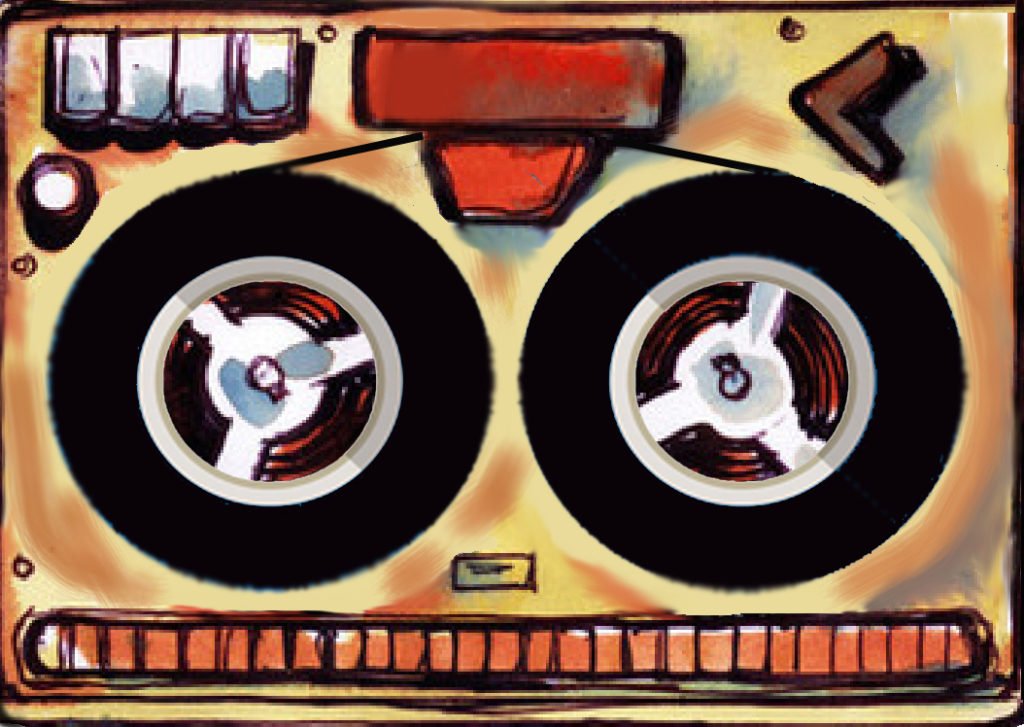
Subscribe
Published monthly since 1991, our famous AV industry magazine is free for download or pay for print. Subscribers also receive CX News, our free weekly email with the latest industry news and jobs.


